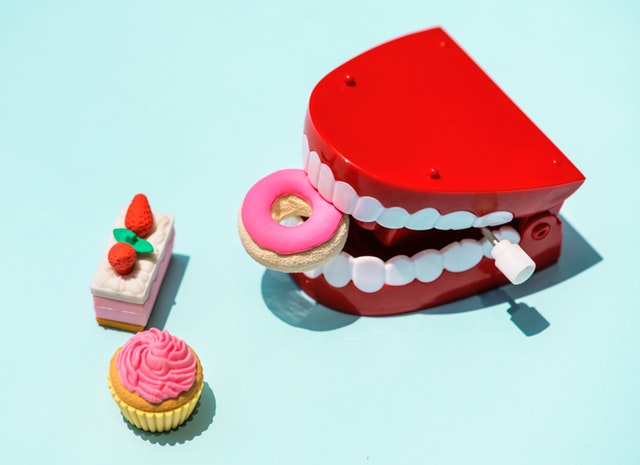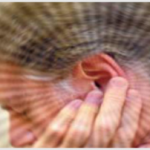Dental hygiene can be very inexpensive, but dental problems are the most costly
Problem: Tooth Decay
Also known as dental cavities, tooth decay occurs when plaque, a sticky film of bacteria that forms when you eat sugars or starches, is allowed to linger on teeth for too long.
Who’s at risk: anyone can get a cavity, but children and older people are the most prone. The incidence among children has been declining, thanks to community water fluoridation and the increased use of fluoride toothpaste, but “more than half of all children have caries by the second grade,” according to the U.S. Department of Health and Human Services report Healthy People 2010. Older adults are prone to cavities at the root because protective gum tissue often pulls away.
What to do: don’t give plaque a chance, brush with fluoride toothpaste, and floss every day. Children can also benefit from sealants (plastic coatings applied to the chewing surfaces of their back teeth) as soon as their adult molars come in.
Older people should be particularly vigilant: “Those who have a tendency toward dry mouth should receive regular fluoride treatments from a dentist and use a fluoride-containing mouth rinse,” says Bruce Pihlstrom, D.D.S., acting director of the Center for Clinical Research at the National Institute of Dental and Craniofacial Research (NIDCR).
Problem: Gum Disease
A bacterial infection caused by plaque that attacks the gums, bone, and ligaments that keep your teeth in place. The early stage is known as gingivitis, the advanced stage as periodontitis.
Who’s at risk: Everyone. The National Institute of Dental and Craniofacial Research (NIDCR) estimates that half of all adults have some signs of gingivitis. Most at risk are people with poor oral hygiene; those with a systemic disease, such as diabetes, that lowers resistance to infection; and smokers. Women also have a tendency to develop gingivitis during pregnancy. Other risk factors are stress, which weakens the immune system, and genes.
“Some people can have gingivitis all their lives and never progress to periodontitis,” says Bruce Pihlstrom, D.D.S., acting director of the Center for Clinical Research at the NIDCR. “It depends on a person’s susceptibility to the disease.”
What to do: See a dentist regularly, and tell her if your gums feel tender or bleed.
Gingivitis can be reversed with regular brushing and flossing. To combat periodontitis, a dentist or periodontist may perform a deep cleaning around the teeth and below the gum lines and prescribe medication to combat the infection. If the disease has progressed to affect your gums and bone, your dentist might suggest surgery, such as a gum graft.
Problem: Tooth Infection
The pulp inside the tooth (which contains nerves) is damaged or becomes infected because of decay or injury. The root canal, which connects the top pulp chamber to the tip of the root, may become infected, too.
Who’s at risk: Anyone with a deep cavity or a cracked tooth, which can let in bacteria. An injured tooth can have a problem even if it’s not visibly cracked or chipped.
What to do: If you feel pain in or around a tooth, see your dentist. He may refer you to an endodontist, who specializes in root canal procedures. In one to three visits, the dentist will perform the notorious root canal. He will remove the pulp, clean the pulp chamber and root canal, then fill the tooth. Finally, he may seal the tooth with a porcelain or gold crown.
Problem: Enamel Erosion
Exposure to acid, primarily from soda or citrus drinks, can wear down the surface of the teeth, making them rounded and discolored. Overbrushing can have a similar effect on enamel near the gum lines.
Who’s at risk: Anyone who sips lemonade, soda (even diet soda), or sports drinks all day. This is also an occupational hazard of wine professionals. “I see people with good home care who are getting cavities,” says Cindi Sherwood, a dentist in Independence, Kansas, and a spokesperson for the Academy of General Dentistry.
“A lot of times the only risk factor we can come up with is diet soda.” Aggressive brushers may also be wearing away the enamel along with the plaque.
What to do: If necessary, teeth can be restored with bonding materials. But to prevent further damage, you have to change your habits. If soft drinks are the culprit, for example, switch to water. The second best is to drink sodas (or sports drinks) with a full meal or sip them through a straw, then follow with a tooth brushing, sugarless gum, or a good swish of water in the mouth. If the problem is overbrushing, a soft-bristled brush or an electric toothbrush is a start.
A dentist or a hygienist can demonstrate proper, gentle brushing technique.
Read more: A guide to common dental problems.



